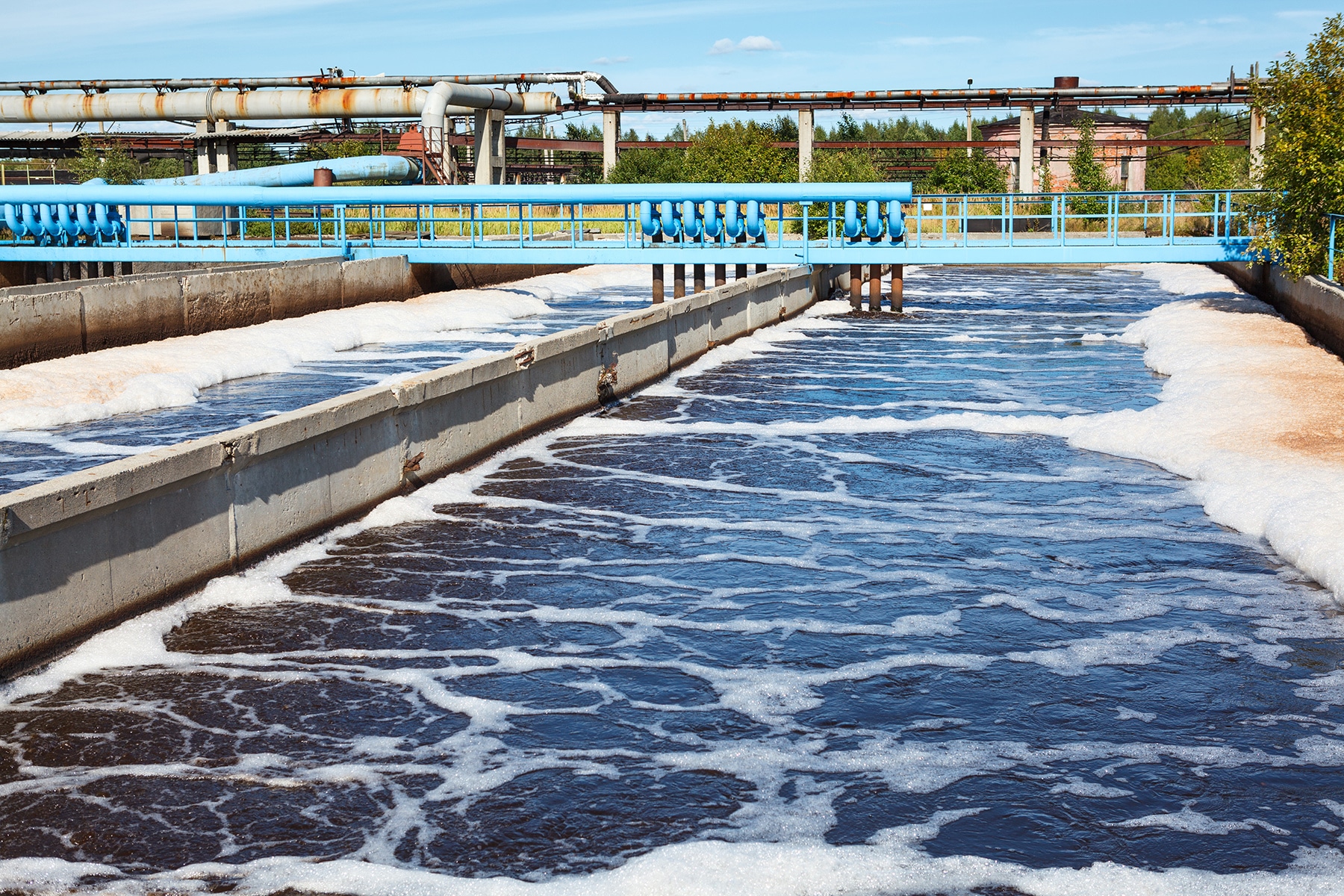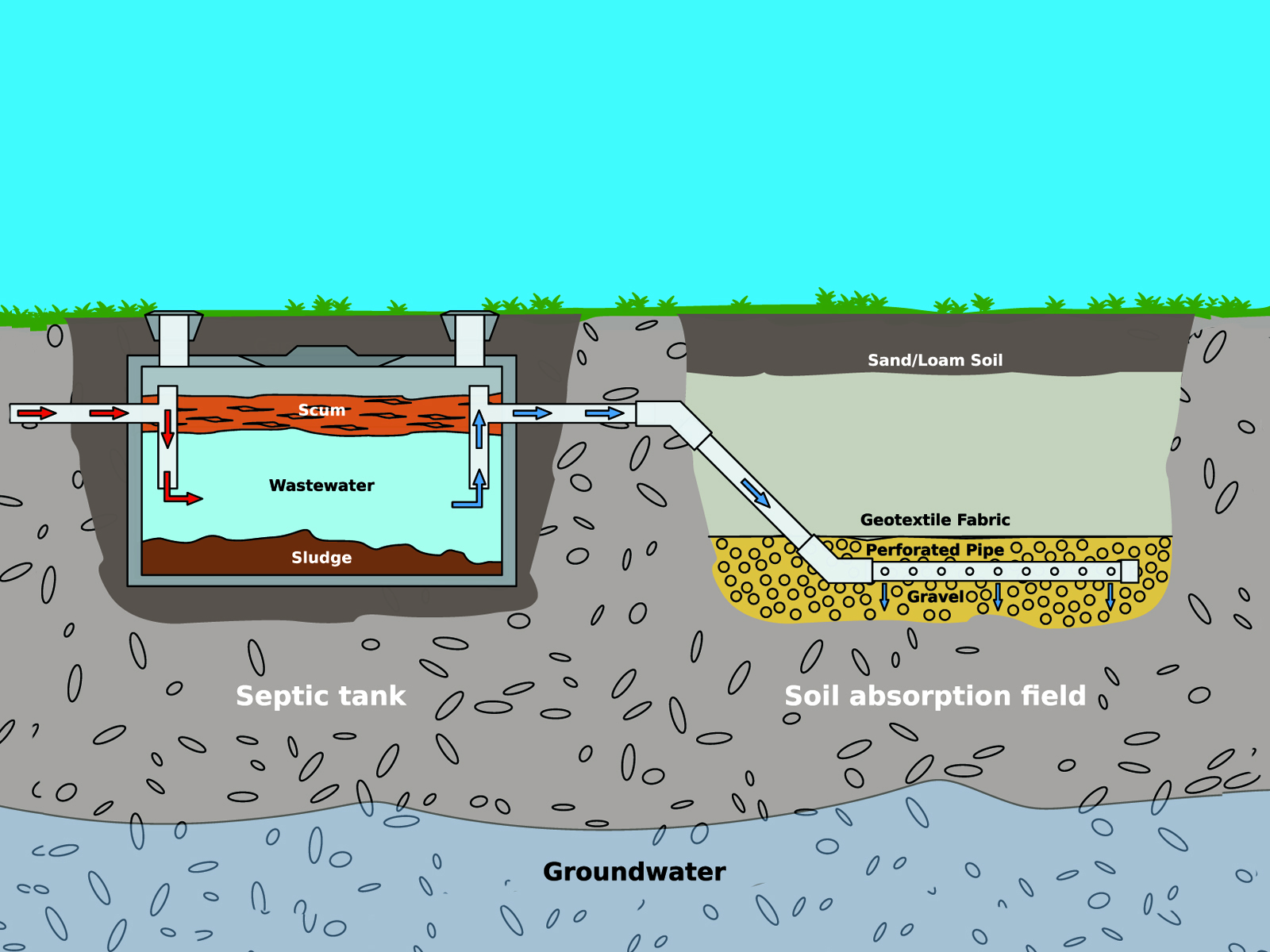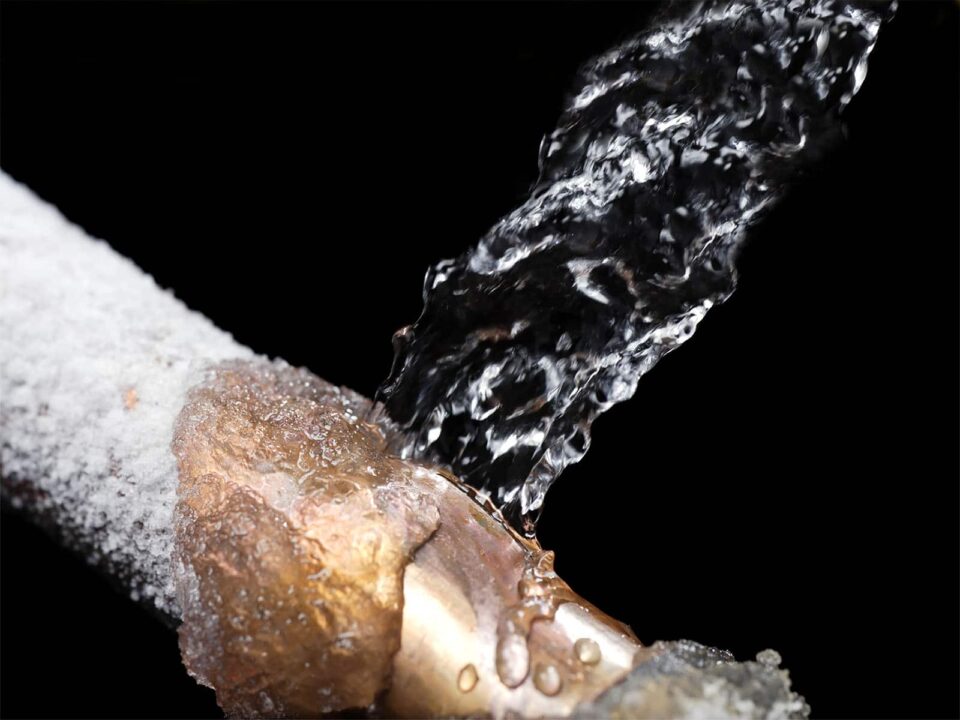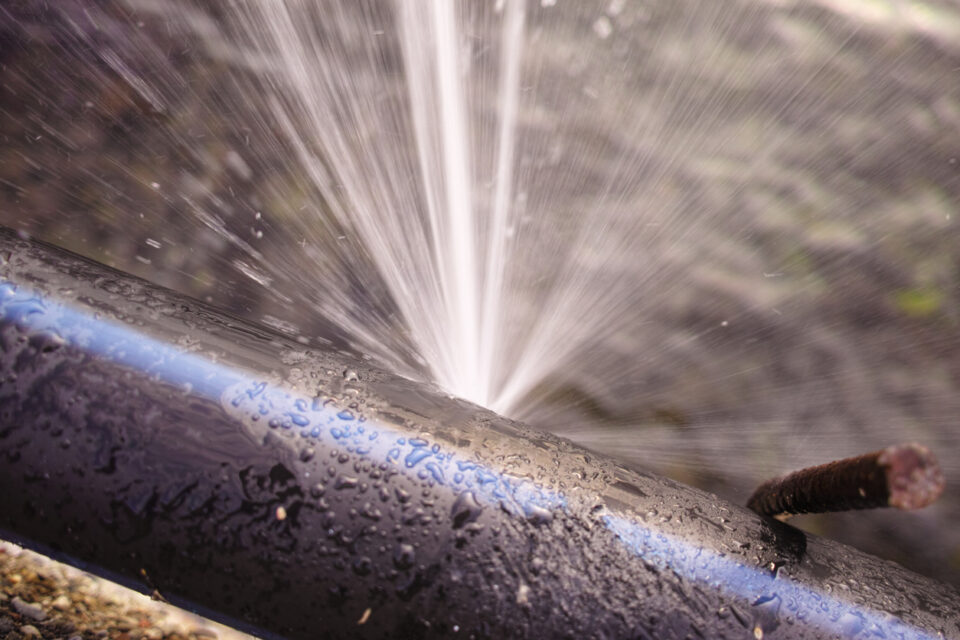Whether you live in a small community like the Village of Old Westbury, or a large city like New York, the main objective of a wastewater system is to collect and manage sewage and waste matters generated by your community. This typically takes place in an isolated plant, where those materials will be treated and purified. Then they are discharged back to the environment without causing any harm. Without such treatment, wastewater cannot be safely discharged, will contaminate natural water sources, and cause health risks for the public.
In urban areas where wastewater is generated not only in homes, but also commercial buildings including manufacturing facilities, a comprehensive wastewater treatment system is indispensable. The treatment process starts at sewer drains from individual houses and buildings. These lateral connections are each connected to a larger underground public sewage pipe system. Depending on the wastewater system treatment infrastructure, sewage and storm water runoff may run through the same or different public pipe networks. Either way, the sewage ends up in a wastewater treatment plant for further filtration and purification. At the end of the process, clean fresh water is discharged to lakes, rivers, streams, reservoirs, and other water bodies.

In the treatment facility, wastewater undergoes up to three stages of purification.
- Primary wastewater system treatment is intended to filter out as much solid waste as possible from water through multiple screening processes. After every screening, water sits for a relatively long period of time in a pond. That allows time for a reasonable volume of sediment to settle at the bottom. Depending on the volume of water to be treated, the facility can use multiple ponds. This process alone should be able to eliminate about half of the solid waste from water. Collected sediments are removed either by sending them to a landfill or incinerating them. In case a treatment facility has no further purification stages, the remaining water is treated with chlorine to kill bacteria. Then it is immediately discharged back to the environment.
- Secondary treatment involves aeration tanks which pumps seed sludge (sludge made of populations of microorganisms) into the wastewater. This starts the process of biological decomposition. The microorganisms consume whatever organic matter that remains after the primary treatment. Once again, the process ends up with large particles settling down at the bottom of wastewater.
Biosolids collected from primary and secondary treatments are sent to digesters. Microorganisms break down the waste matter even further. After this process methane gas is generated. Produced gas can be used as an additional source of energy to run many electrical components in the treatment plant.
- Tertiary treatment mainly removes nitrates and phosphates from the remaining wastewater. The process is similar to that used by water supply companies. Water is run through filtration materials (such as sand and activated carbon) to remove up to 99% of impurities from the water. After this point, wastewater has been transformed into clean safe water for consumption.
A Septic System is an alternative wastewater system
The more traditional alternative to a wastewater treatment plant is a septic system. A septic system is unlike a treatment facility, which engineers the filtration methods using a combination of natural and chemical processes. A septic tank relies solely on a natural purification process.

Wastewater or sewage material is collected in a large tank (with a capacity of 1,000 gallons of water or more). This allows for a natural purification process. Solid waste (known as sludge) settles at the bottom, while lighter materials (scum) float at the surface. The relatively cleanest water is between those two layers. This middle layer is sent to a distribution box through a pipe. This water is then distributed through a network of perforated pipes to a leach field. A leach field is constructed at a considerable distance from nearby wells or other sources of water to prevent contamination.
A little bit about the Village of Old Westbury in Nassau County
Old Westbury is considered one of the most affluent communities in the entire USA. It is located in Nassau County, on Long Island’s North Shore. It is approximately 8 1/2 mile in total area. Old Westbury is actually located within two different towns, that of Oyster Bay and North Hempstead. The Village of Old Westbury was not actually fully incorporated until 1924. It has had a population of around 5,000 people for a number of years now.




